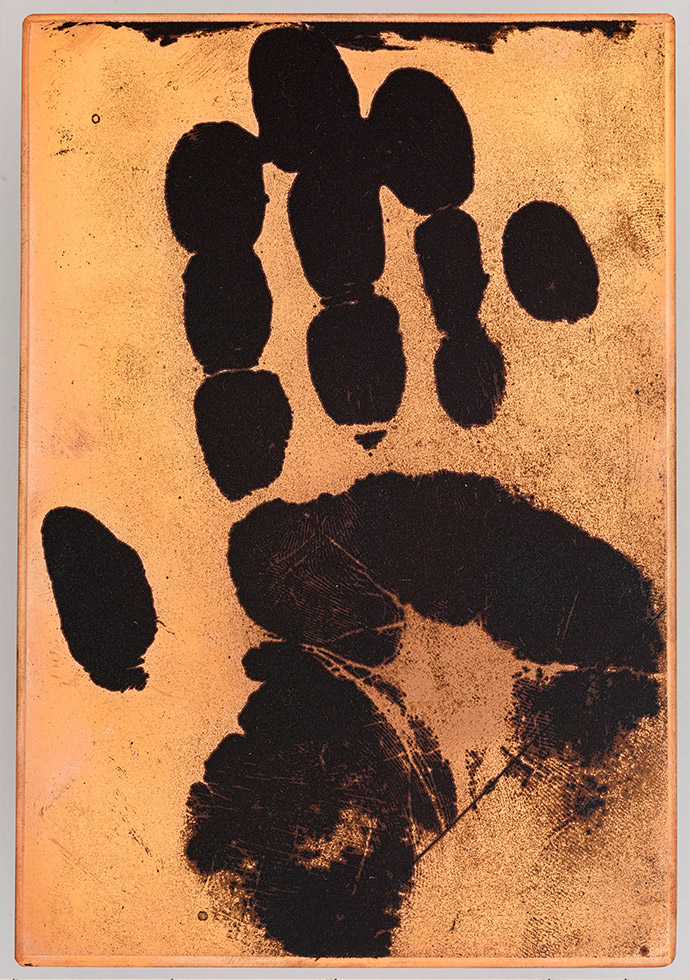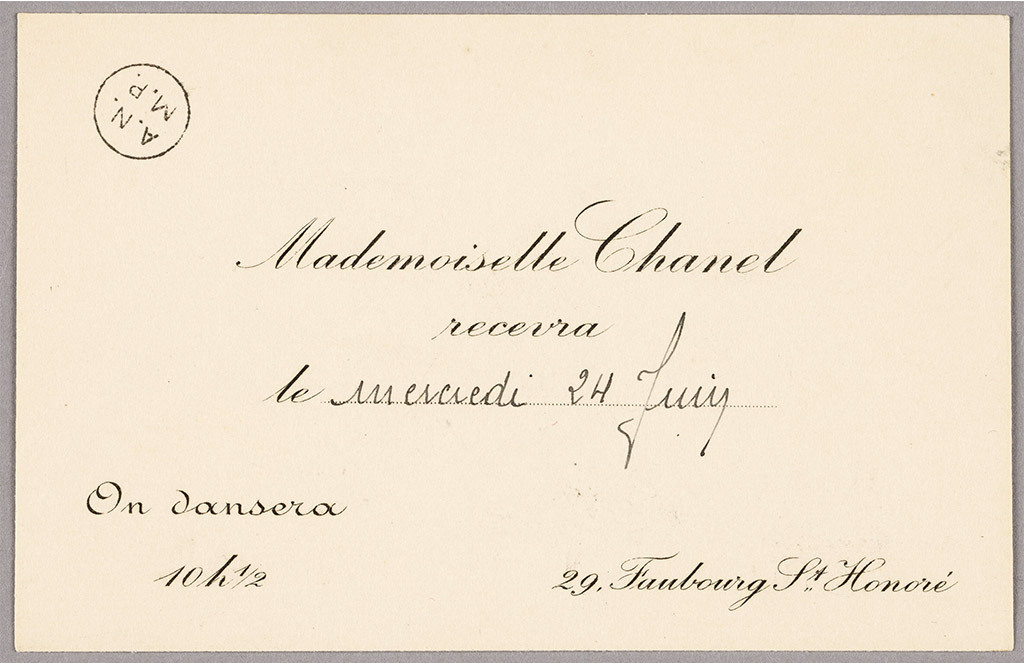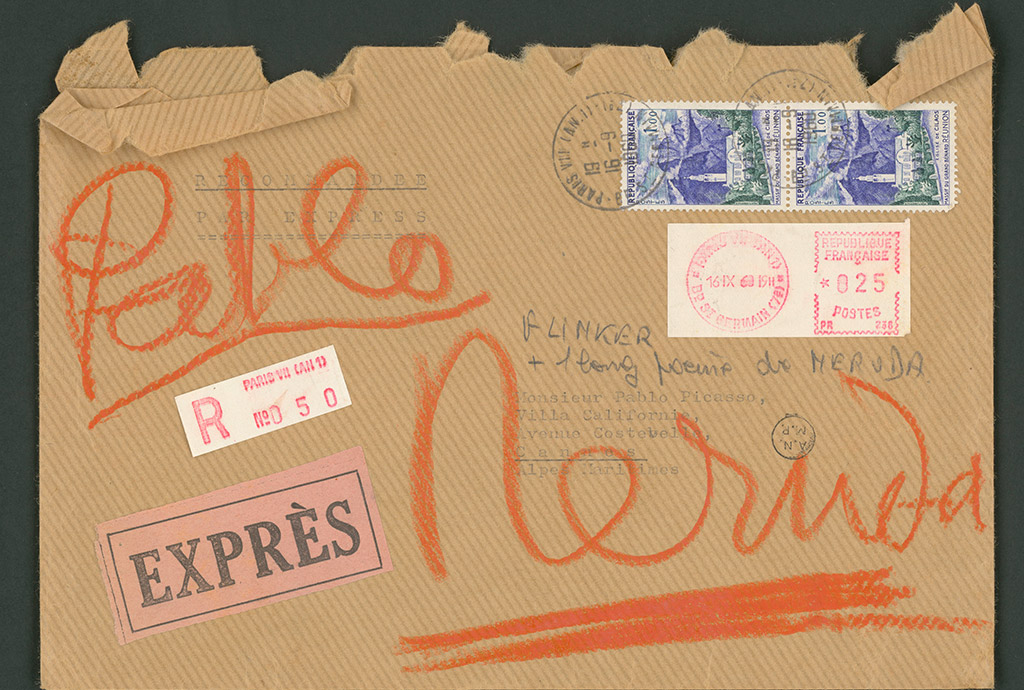A donation that mixes masterpieces with the intimate
Picasso painted, drew, sculpted, and wrote. It was essential to cover that entire range within the dation and, subsequently, in the museum. The artist's output is a whole which can only be appreciated in its entirety if we can associate its individual components. Bozo thus revealed everything that the artist had preciously kept for himself, allowing for a more accurate understanding of his work and his approach. The painter's holdings contained numerous pieces that were iconic in the history of twentieth-century art. Picasso kept everything, with each one of the successive variations on a piece having value as a work in its own right. The collection bears witness to the way the artist worked, resorting to all available techniques.
Picasso also kept little everyday items and traces of his relationships with others: invoices, letters, notes, envelopes, tickets to shows, wedding menus, holiday postcards, lists of friends, invitations, and opera programs. Many are marked, scribbled, re-drawn, or altered. This accumulation of items constitutes an exceptional body of archival material—a heterogeneous, austere, secret collection that captivates any researcher on the lookout for revelations. As Arlette Farge wrote, "The archive forces you to interpret [...], it gives the reader a sense of finally grasping reality, no longer examining it through the established narrative. This leads to a naïve but profound sense of ripping a veil, of crossing the opacity of knowledge and, as after a long, uncertain journey, reaching the essence of beings and things. [...]"[1] Gathering in one place everything from the artist's smallest traces to his monumental works, his creative whispers and his references or choices, provides us with an altogether different view of his production. The achievement of the Picasso museum in Paris owes a lot to this notion of comprehending the work through its multiple sources and inspirations.
To this day, the Musée national Picasso continues to be a unique example: a museum based primarily on dations. According to an inventory of the museum's collections conducted by Juliette Pozzo (presented at the 2019 conference mentioned above), 83% of the paintings, 82% of the sculptures, and 93% of the drawings were acquired by dation in payment of estate taxes.
The 2023 Picasso Celebration will offer an opportunity to present and open the Picasso research center, a strategic challenge for the Musée national Picasso-Paris. Holding the world's largest collection of works by Pablo Picasso and a large part of the artist's private archives, the museum needed to design a study and research center. In addition to offering resources and a venue for research, it aims to become a major meeting and reference point on Pablo Picasso and his work for scholars from around the world. The center will offer the best conditions for accessing the museum's resources. A privileged setting for scholarly exchange within the research community, it will also offer a venue for conveying and sharing information with a broader public, eager to deepen its knowledge of the artist.
The Picasso research center will be set up in the Hôtel de Rohan, in the heart of the Marais district in Paris.
[1] Arlette Farge, Le Goût de l’archive, Éditions du Seuil, 1989.

Paris, Picasso-Paris National Museum

Personal archives of Pablo Picasso.
Paris, Picasso National Museum - Paris

Picasso's personal archives.
Paris, Picasso-Paris National Museum.




 Summary
Summary